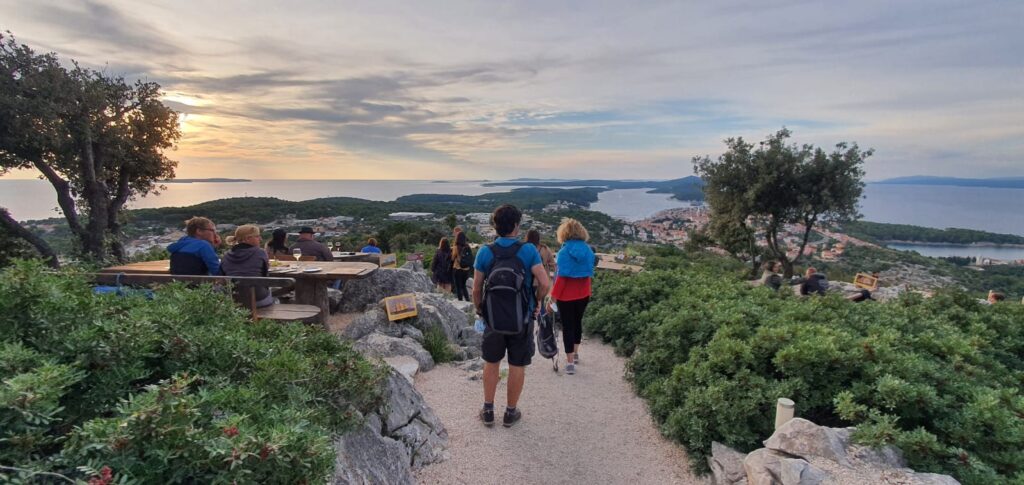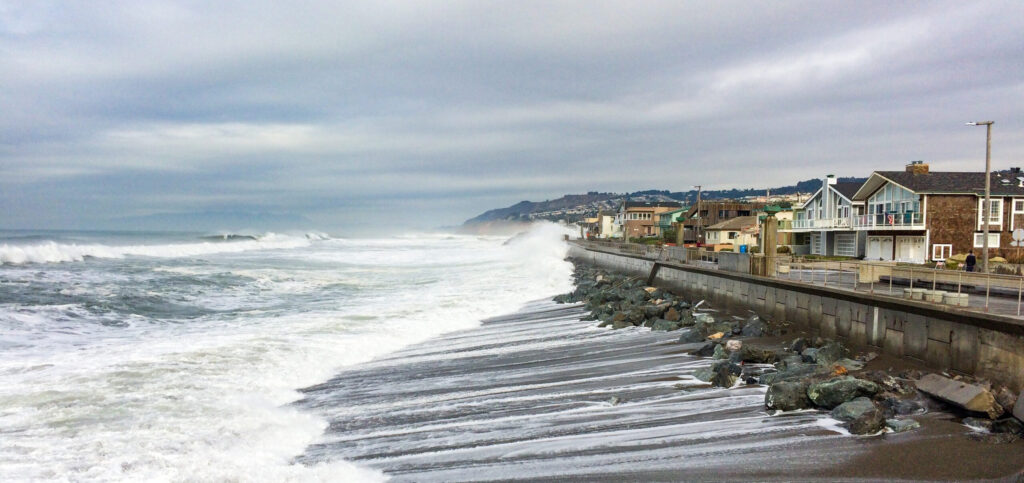The water crisis in South Asia is a real threat. Almost 2 billion people rely on Asia’s Hindu Kush Himalayan glaciers for agriculture, industry and drinking water. But, climate change means they are rapidly melting and could lose up to three-quarters of their volume by the end of our century. This could have far-reaching consequences for the 240 million people who live in the Himalayan region and the 1.65 billion who live downstream of the mountains’ rivers and rely on meltwater for their livelihoods and survival.
Water Crisis in South Asia: The Role of Melting Glaciers
The Himalayan mountains pass through India, Pakistan, Afghanistan, China, Bhutan and Nepal. Its glaciers took more than 70 million years to form and are one of the world’s largest freshwater sources. But, due to climate change, they are melting “at least 10 times higher than the average rate over past centuries”, a 2021 study by the University of Leeds found.
Flooding and Other Extreme Weather Events
The threat from this climate-induced melting is double-edged. As the glaciers’ water storage continues to shrink, it will cause increased flooding and erosion during melting periods – and water scarcity during dry seasons. This risks disrupting water supplies for agriculture, drinking and energy generation, as well as damaging infrastructure.
Hamish Pritchard, a glaciologist at the British Antarctic Survey, highlighted the glaciers’ crucial role in providing water and food security for the region’s communities. “Take the ice away and those people are exposed to serious water stress and the consequences of that are local, regional and potentially global, in terms of conflict and migration,” he said.
Why Is South Asia Experiencing More Flooding in Certain Regions?
Glacial melt due to increasingly unpredictable climate and disrupting weather patterns is a key contributor to some of Asia’s flooding events. Climate change can also lead to extreme snow and rainfall that can cause flash floods and glacial lake outbursts.
For example, Pakistan has 7,000 glaciers – more than anywhere else in the world outside of the polar regions. In 2022, Pakistan suffered triple the usual amount of glacial lake outbursts, and glacial melt contributed to the summer’s catastrophic floods that submerged one-third of the entire nation. This flooding event impacted 33 million people, and more than 1,200 died.
In northern India’s Uttarakhand state, a glacial disaster in 2021 saw water trapped within a glacier burst, causing an avalanche that swept away houses, bridges and roads and left dozens dead. Glaciologist Farooq Azam explained how climate-driven erratic weather and warming in the region is contributing towards more snow melt, thereby destabilising glaciers. Due to this, the threat of dangerous floods and glacial disasters looms large in the region, risking the way of life for many millions of people.
Water Scarcity in South Asia: Nepal on the Front Line of Glacial Melt
The Himalayas are heating up at rates up to 0.7°C higher than the global average, and in Nepal, a hotter climate and changing rainfall patterns are already impacting mountain livelihoods. Low-income communities and those whose livelihoods depend on tourism and traditional farming are already seeing their way of life changing.
Chhireng Tamang, a yak herder in northeastern Nepal, says that warming temperatures mean the amount of water and fresh grass available for the animals has diminished rapidly. Chhireng Tamang now has just nine yaks left from a prior herd of 40. “There is not enough grass to feed them anymore. All the farmers face the same problem,” she said. As the lack of fresh water and livestock feed becomes more acute, people will have no choice but to move to lower altitudes to continue their lives.
South Asia Water Crisis and Climate Change: Moving Towards Solutions
For communities like Chhireng Tamang’s in Nepal, climate change is something that was imposed on them by the rest of the world, said anthropologist Auston Lord, who has lived and worked in the region. The future of these life-giving glaciers “are subject to decisions made across the world, to patterns of consumption and pollution that Nepali people have little or no control over”.
Lord hopes that some people will find ways to adapt and continue their traditional livelihoods. But, government officials and experts also need to ask them what they need and take their answers seriously, he said. “Meaningful, equitable and sustained dialogue is the key.”
In November 2023, the One Planet – Polar Summit took place in Paris – the first international summit dedicated to glaciers and poles and the protection of their future. In the same month, the United Nation’s Adaptation Gap Report 2023 highlighted the need for an urgent response to address the loss and damage suffered by communities affected by glacial melt.
Adaptation support that involves local communities – such as resilient infrastructure, early warning systems, adaptive water management and agricultural practices – is also desperately needed. “While it is a global responsibility to safeguard the crucial ecosystem services mountains provide, success hinges on engaging and empowering local communities, particularly Indigenous peoples, in collaborative adaptation action”, the UN report reads. “Local and traditional knowledge is critical for tailored solutions, promoting resilience, equity and sustainability in the face of changing cryosphere conditions.”
Evelyn Smail
Writer, United Kingdom
Evelyn is a freelance writer and journalist specialising in climate science and policy, the just energy transition and the human impacts of climate change. She writes for independent publications, NGOs and environmental organisations. Evelyn has a background in sustainable development, climate justice and human rights.
Evelyn is a freelance writer and journalist specialising in climate science and policy, the just energy transition and the human impacts of climate change. She writes for independent publications, NGOs and environmental organisations. Evelyn has a background in sustainable development, climate justice and human rights.















